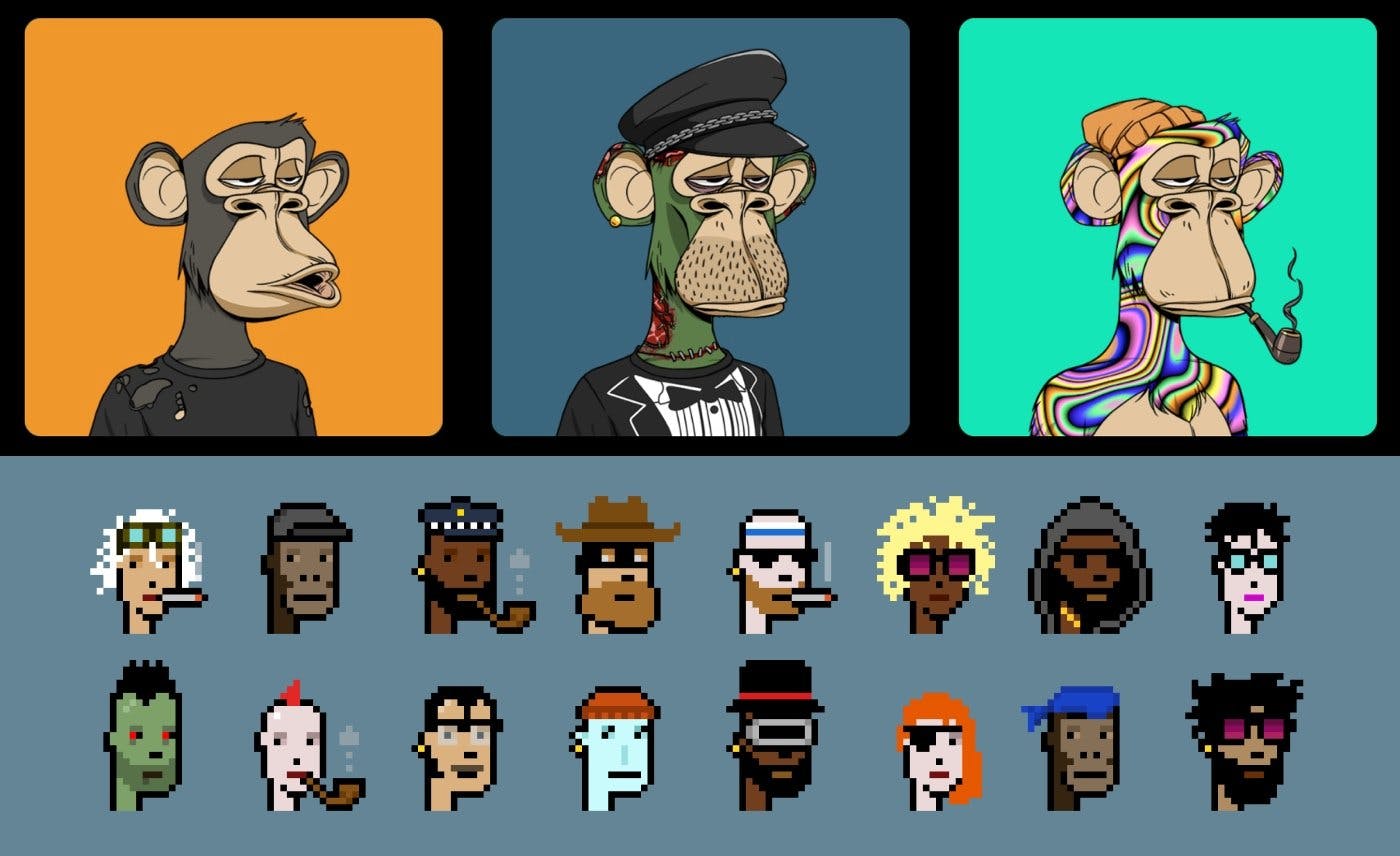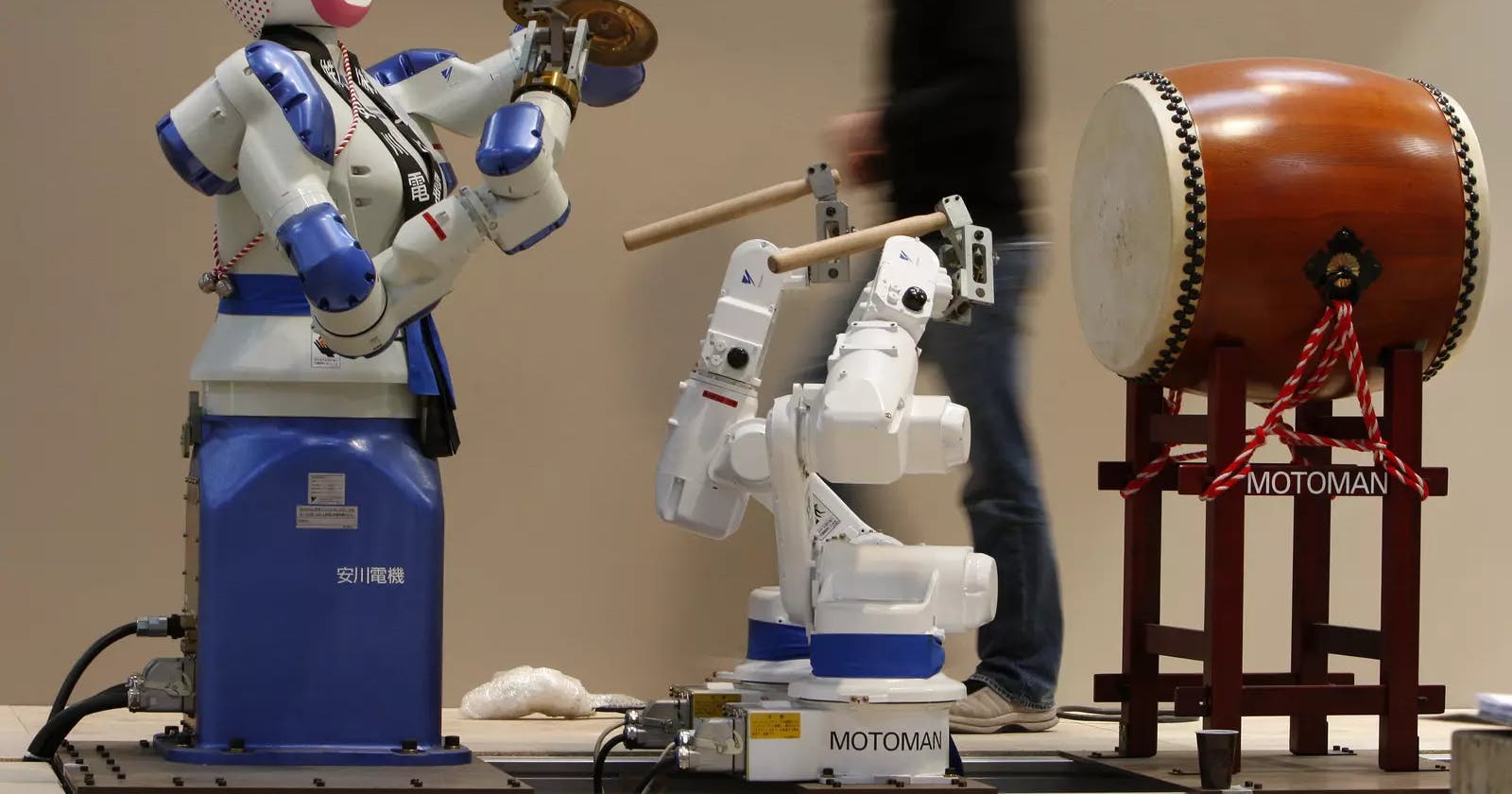Table of contents
By now, I am sure you have heard about NFT, which stands for non-fungible token. Let's have a little recap of this.
Non-fungible means something unique and cannot be exchanged for anything else. For instance, Bitcoin is fungible, meaning you can exchange one Bitcoin for another. For instance, your favorite limited edition football player’s card is an example of a non-fungible commodity.

In summary, non-fungible tokens (NFTs) serve as ownership proof for digital (and occasionally physical) material by being tied to cryptographically distinct tokens.
NFTs prove ownership by showing immutable public transactions on the blockchain. The blockchain enables you to view the originator, the quantity, and the precise day and time it was minted. Although the same underlying asset may theoretically be faked, blockchain data exposes these attempts.
The whole idea behind NFTs is digital ownership. People just need a way to prove that they own something. The value of an NFT isn’t on the attached artwork. What is more, important is proving ownership of that particular asset.
For instance, Jack Dorsey’s first tweet, which reads, "just setting up my twttr," was posted by Dorsey on March 21, 2006.

The tweet was sold as a non-fungible token (NFT) - The tweet was sold to a Malaysian businessman for the equivalent of $2.9 million (£2.1 million). The tweet is publicly online, so anyone can see it or even take a screenshot of it. Why would anyone want to own it?
Well, to answer this question, he didn’t purchase the tweet. What he purchased was a digital certificate for the tweet, which contains a unique fingerprint and token name. This is unique because it has been signed and verified by the creator. It’s more like buying an autograph. Crazy right?
Now that the fundamental notion of NFT has been established, let's move on to exploring more cutting-edge applications for NFTs, specifically machine NFTs.
Before going forward, let me tell you a little story about my uncle. Hopefully, the story will serve as a foundation for understanding the idea behind machine NFTs. My uncle lives in South Africa and is currently in his 60s without any source of income. Uncle have not marketable skill, he used to be factory worker doing mundane tasks.

He lost his job when the factory decided to automate most of their mundane process. For ages, machines and automation have rendered many jobs redundant. Weavers were replaced by the spinning Jenny, elevator operators by buttons, and travel companies by the Internet.
The thought of being able to replace a human with a computer and robot is alluring to businesses trying to save money.

Robots are faster than humans and make fewer mistakes. They can labor around the clock with little to no salary or perks. Robots can also be advantageous to workers since they can quickly complete boring, dangerous, or repetitive tasks, leaving fascinating work to people.
According to one study, from 1990 to 2007, automation is thought to have eliminated around 400,000 employments from American factories. However, the push to replace people with machinery is rising as businesses fight to prevent COVID-19 workplace infections and to maintain low operating expenses.
Self-driving cars have the potential to replace millions of bus drivers, cab drivers, truck drivers, and other transportation workers, which would have a stunning negative impact on employment. Computer-controlled robots are replacing occupations that require packing or carrying items.

Robots from Rethink Robotics' Baxter and Sawyer, can be programmed by anyone. They do not require a professional technician to program the robot to accomplish the tasks that have been assigned to it. More firms will use these robots in their environments as they get smarter and cheaper.
Some brands are currently developing and putting into use devices to replace bartenders who serve alcoholic beverages or coffee. Services like Briggo are replacing baristas with robots to make many popular drinks and even learn how to make new drinks.
Many pharmacies are replacing pharmacists with robots that can separate and handle medications for customers. These robots aid in the prevention of errors, and because they only require a limited space for robotic arms, they can also have a smaller footprint than their human counterparts.
These automations and innovations are actually welcome developments. The only problem is, who profits from them, and who doesn’t. Automation is an issue that must be viewed from the human perspective, not simply as a tool for increasing profit margins.
To have the needed balance we need a way for people to still profit from these automations not out rightly displacing them of their sole means of income. My uncle and several others were greatly affected by this era of automation and things need to change.
With the web3 era things needs to change and this change is being ushered in by Peaq through Machine NFTs. Machine NFTs will ensure that people still have profit, ownership, and governance rights in this autonomous age.
A machine NFT is a contract on a public ledger that proves ownership of a machine, a pool of machines, or fractions of a machine. With Machine NFT, anyone can verify that they own a machine or a stake in a machine without the need for a centralized authority.
Let me use this instance to explain it even better. When you bought your first car, you were given some documents and you obviously signed most of them, which served as socially agreed upon documentation with the government to prove that you own the car.

In the case of Machine NFT, it is not rooted in a government stamp, but in a math/code ‘stamp’. Any person, anywhere, can independently verify the originality and validity of the contract by checking with the math instead of checking with the traditional authorities. Anyone with an internet connection can own a piece of the machine economy, thus the more machines do, the more Machine NFT holders gain.
Consider the Uber scenario:

What if communities owned the autonomous vehicles in their community collectively? Every member of the community would receive a portion of the vehicle's ride fares. When demand for trips is low, the community may choose to sell data collected by the vehicles for additional income or to allow them to deliver packages and groceries. The devices would generate passive money for the community, which may cover the price of using those same services. Without the need for Big Tech intermediaries, everyone in a community will be able to extract increasing value from the machines that keep things operating. While the robots are at work, humans can devote their time to more meaningful or creative tasks without fear of losing their jobs.
Summary:
Machine NFTs are genuine entities that create real, recurring revenue because they reflect real-life machines that provide goods and services to humans and other machines. It provides a stake in the machines that power the economy to investors, makers, owners, consumers, and the machines themselves. It also empowers machines to be fully financially self-sufficient, able to sustain, maintain and improve themselves in the best interests of the economy.
This technology is currently being built out by peaq, there’s still a lot of research ongoing and its rapidly evolving and heading to serious mainstream adoption.
